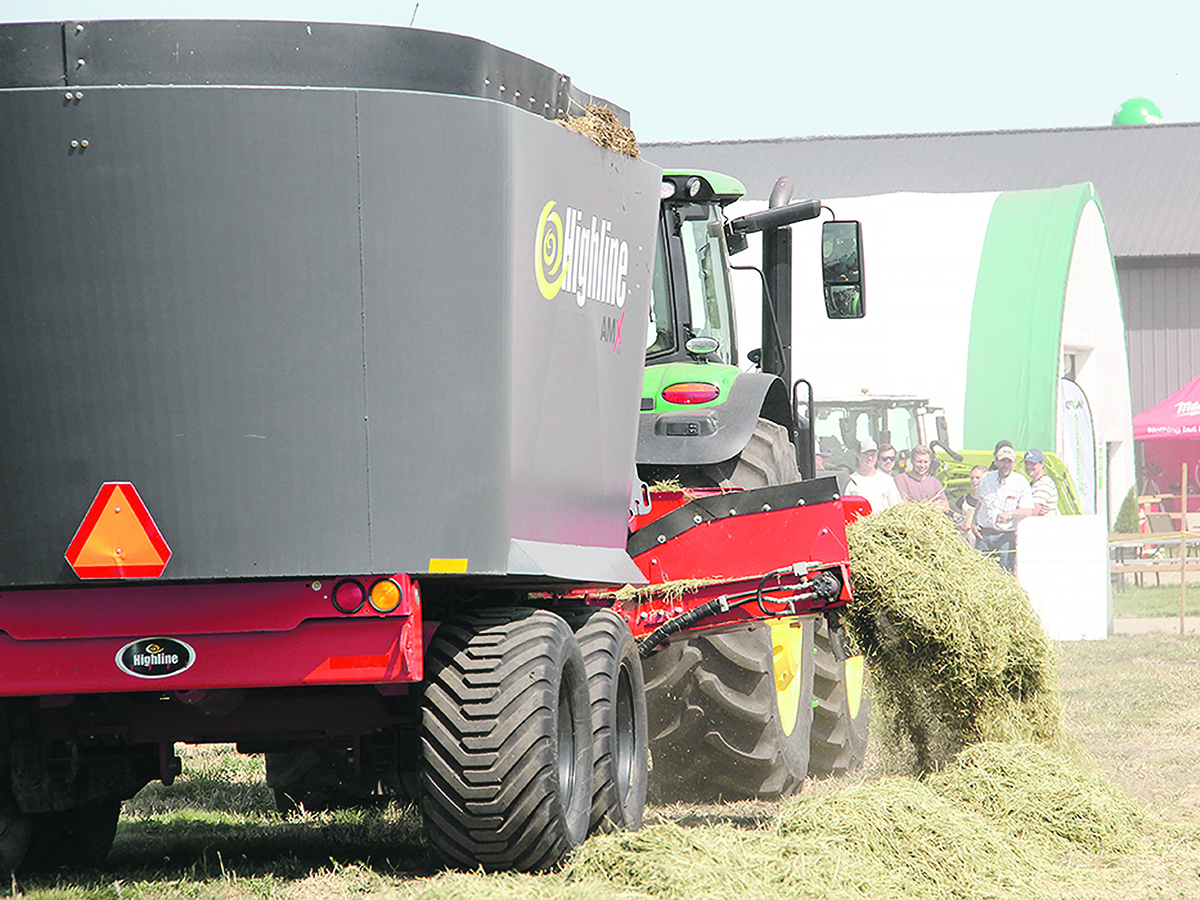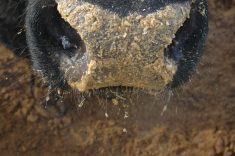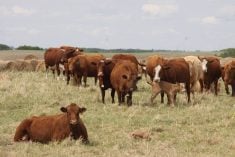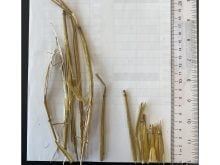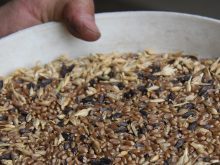Beef producers are beginning to pay more attention to how total mix ration mixers can be put to work on their operations
Glacier FarmMedia – Although total mixed ration mixers have historically been popular on dairy farms, they are also becoming more common on beef operations.
TMR mixers are used primarily for ruminant animals. For both dairy and beef, there are benefits and challenges to implementing them into an operation.
TMR mixers usually combine hay, silage, straw and minerals. There are multiple types of mixers, such as reel or rotary mixers, horizontal auger mixers and vertical mixers.
Read Also

Quebec pork company calls for transparency around gene-edited pigs
Quebec-based pork company duBreton is calling for transparency around meats from gene-edited pigs on concerns that a lack of mandatory labelling will confuse consumers, and dilute certification claims. The organic sector is also calling for labelling rules.
Reel mixers include two augers and one slow-turning reel. A horizontal auger mixer has four augers — two that move the feed forward and two that move the feed back.
The vertical mixer is the primary mixer on the market. One or two augers pick up the material vertically to mix it.
Glenn Buurma, president of Penta Equipment, says with a vertical mixer, every mouthful is the same for the cattle, and producers can mix whatever they want.
“We can take a not-so-great bale and add it with a nicer bale and get a great ration,” he said.
“We can take corn stalks and add some wet feed with corn stalks and have an awesome ration. The versatility, the simplicity — there’s very few moving parts on them — and there’s really nothing that it’ll say no to.”
Buurma said that vertical mixers were more common on dairy operations in the 1990s and in the early 2000s. However, that’s changing.
“Our beef numbers of who we sell to, the end-user, keeps increasing way more than dairy farmers are,” he said.
“Sometimes we can have the blinders on in life and we just don’t want to spend any money. But there’s nothing that’s going to have a quicker payback for a beef farmer than a feed mixer.”
Ben Meinen, territory manager for Trioliet, said his company’s customers are primarily on the dairy side of things and attributes this to how tight the margins can be in the beef industry.
“On a dairy farm, if you change your ration, within a week you can see a difference in your milk cheque and your butter fat,” Meinen said.
“And a beef cow, before it puts on weight and the quality of the weight, that takes the whole growing season. So the results aren’t there, and then what do you attribute it to? It could be feed, it could be weather, it could be whatever.”
However, like Buurma, he said he has lately seen more interest in TMR mixers on the beef side.
Alan Vaage, Jaylor’s ruminant nutritionist, said the biggest problem with beef production is waste with hay feeders and round bales.
“With a TMR mixer, on average we’re probably looking at 20 to 30 per cent savings in terms of forage use. That can even go as high as 50 per cent,” he said.
“Many customers who switch to a Jaylor mixer or a TMR mixer in general will find … they use only about half the amount of hay that they have used in previous years.”
Vaage said each animal gets the proper share of nutrition, even if it’s timid, because the mixer combines forages with hay and grain to make an ideal ration.
He said producers who are trying to determine how to get the best ration for their animals should consult with a nutritionist.
“The provincial governments have (nutritionists) to actually build a proper ration that has the protein and the energy content and the minerals that are appropriate for the animal and its time of production,” he said.
“And then you get the greatest benefit out of programmed feeding.”
Vaage said one of the biggest challenges with TMR mixers is matching the right machine with the size of an operation. In the beef industry, where margins are tight, it’s important to get the right size mixer that will work for the producer and be economical.
“Five-by-six bales need large equipment to properly process and feed out,” he said.
“If you have a smaller herd, then having a mixer that can handle that — or pre-processing feed within the bale to allow you to take part of it and put it into a smaller mixer — can make a more economical choice for their operation.”
Claude Rouault, director of international sales for Highline Manufacturing, said a total mixed ration for beef cattle requires a different focus than with dairy cattle, where the focus is on milk production. For beef cattle, the focus is on lean tissue development.
“You can tailor that ration to what the producer is looking to do,” Roualt said.
“And so again, it’s very critical that they’re testing their feed knowing exactly what’s going in, but the TMRs allow you to do that by blending all this product, getting a really good, homogenized blend of product.”
Trioliet custom makes all its products, so when it comes to a mixer for beef producers, it can be created to fit specific operations.
Meinen said customers who run large feedlots have bought his company’s products and then specialized the mixers to their needs.
He referred to one producer in particular.
“His feedback is amazing,” Meinen said.
“He said, ‘my carcass quality is better at the plant.’ Because he feeds so many cows, he can dedicate the Trioliet just through certain pens, and his days to market has shortened.”




